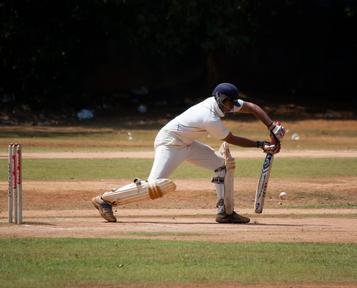
Indian Test Cricket Heroes - 1970-2020 Quiz
As a cricket 'tragic', I love watching competitive Test Cricket. This quiz looks at some of the great players who have played for India over the fifty year period from 1970 to 2020. I hope this quiz evokes memories of some wonderful players!
A classification quiz
by MikeMaster99.
Estimated time: 3 mins.
- Home
- »
- Quizzes
- »
- Sports Trivia
- »
- Cricket
- »
- India